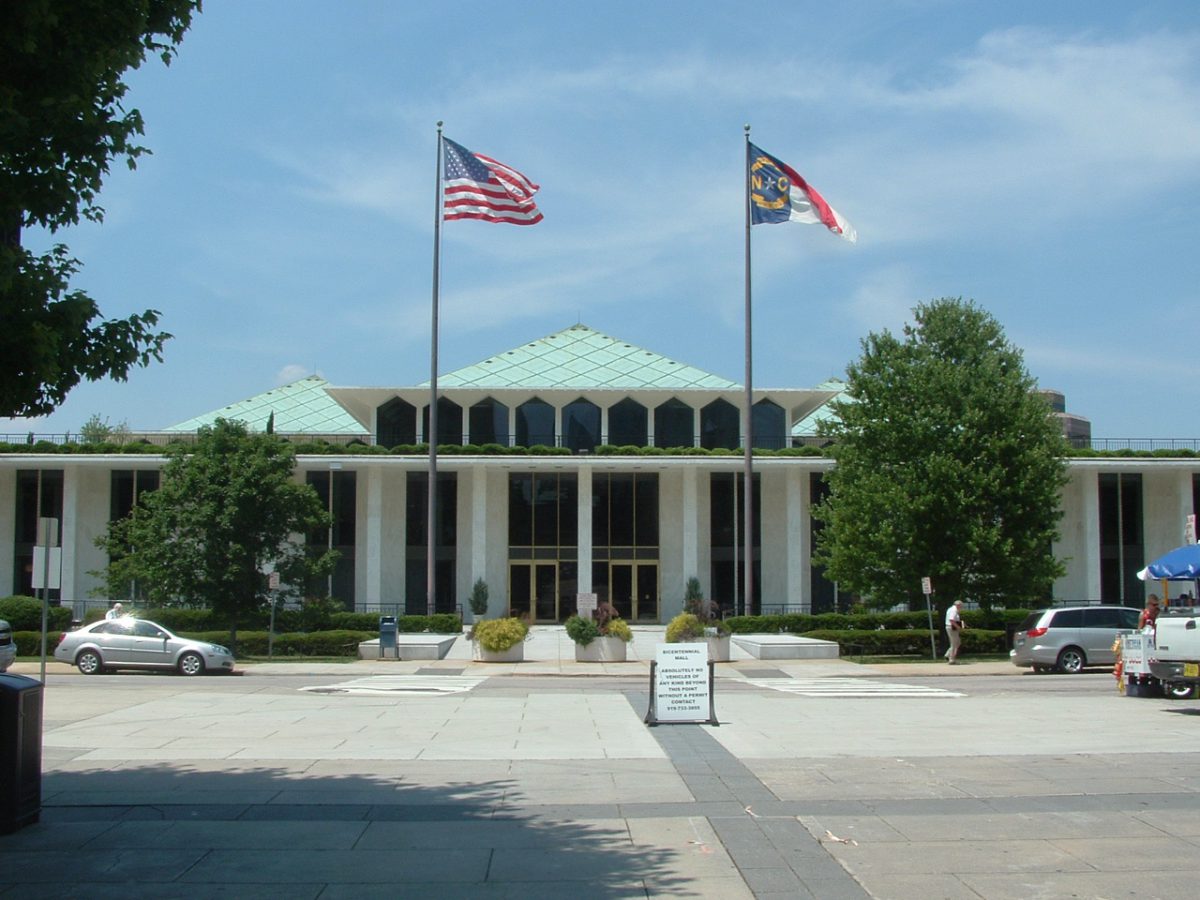
As budget plans begin to gel in Raleigh, it’s growing more likely that North Carolina’s Land and Water Fund, a longtime driver of clean water and conservation projects in the state, could receive funding this cycle at levels not seen in more than a decade.
The fund, which was formed under the 2013 merger of the Clean Water Management Trust Fund and the Natural Heritage Fund, issued just over $21 million in grants in its last cycle from a list of applications totaling four times that amount. One of several areas of state government not funded through one of last year’s mini budgets, the Land and Water Fund appropriation has remained where it was in 2018. This year’s Senate budget calls for upping that amount considerably to $73.2 million in this fiscal year and $53.2 million next year.
Supporter Spotlight
On Monday, Rep. Pat McElraft, R-Carteret, who chairs the appropriations subcommittee that oversees natural resource funding, confirmed that the House leadership is on board with the increase.

In a response to Coastal Review, McElraft said the House is looking at an increase that would be the “same size or bigger.”
The last appropriation in that range was the 2007-08 funding cycle, just as what became the Great Recession started to eat away at state revenues.
The fund’s appropriation drifted lower until then-Gov. Pat McCrory’s 2013-14 budget proposal all but zeroed it out. The General Assembly maintained it, although at greatly reduced levels, with much of the funding earmarked for buffers around military installations. Appropriations began a slow increase after that, but still not at the levels envisioned at the inception of Clean Water Management Trust Fund in 1996 when then-Senate President Pro Tem Marc Basnight set an annual target of $100 million.
Will Summer, interim executive director of the Land and Water Fund, said the additional appropriation will help catch up with some of the demand on the fund.
Supporter Spotlight
“For many years, the demand for our grant program has outpaced our available funds many times over. Last year, we had $82.6 million in requests, but we were only able to fund $20.1 million,” Summer said in an email reply to Coastal Review. “The result of this disparity is the loss of opportunities to protect and restore critically important places, including areas that provide public access for outdoor recreation, hunting, and fishing. These opportunities help create economic sustainability and ensure better resiliency in the face of natural disaster.”
In September, the fund’s board of trustees will review $62.7 million in requests, but Summer said it is hard to judge what the real demand is for grants since local governments have likely held back on requests during the recent low funding cycles.
“After several consecutive years facing such competitive grant cycles, many of our applicants have adjusted their efforts accordingly and submitted fewer and smaller applications despite increasing need,” Summer said. “I anticipate that if a budget passes this year that prioritizes conservation, our next grant cycle, which opens in December, will show even more demand.”
Bill Holman, state director of The Conservation Fund, said the jump in the state appropriation and the potential for higher levels going forward could make a difference for larger land acquisitions.
“It really makes possible larger conservation projects and more projects that are landscape scale,” he said.
The increase, he said, is sorely needed to help keep up with rapidly increasing land prices.
Holman said there are large-scale land acquisition projects that dovetail with the strategy of using natural lands to improve resilience with several projects under study in the lower Cape Fear and Waccamaw watersheds that would restore floodplains and reduce downstream flooding.
Summer said it’s unclear exactly how communities will respond to a funding increase, especially give the challenges of the past year, but he anticipates that the past year has underlined the importance of parks and open space.
“I expect that many communities will implement and continue plans to increase their parks and greenways,” Summer said. “I also hope to see more projects that focus on protecting and restoring floodplain and wetland areas that can help make our communities more resilient to extreme weather events.”







